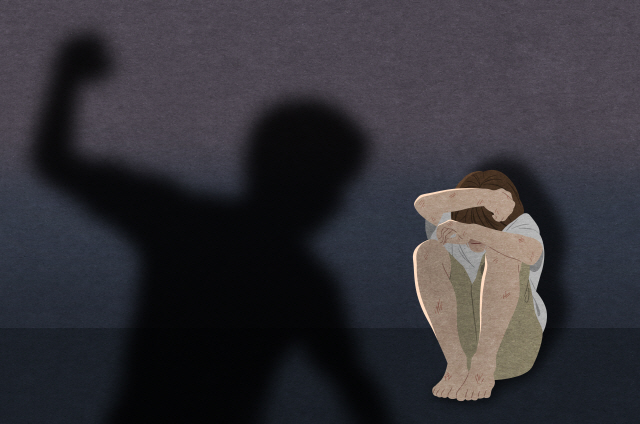Passed the plenary session of the National Assembly on the 8th
The level of punishment and the power of investigation were raised,
Shortage of manpower to enforce the law in the field
100 new cases per person per year
Organic cooperation and command system must be established
A manual for quarantine investigation of victims is required
 viewer
viewer
In order to prevent the recurrence of the so-called’Jung Ini case’, the National Assembly legislated amendment to the Act on Special Cases for Punishment of Child Abuse Crimes on the 8th, and follow-up issues are emerging as remaining tasks. Although the penalties for child abuse crimes have been strengthened through the revision of the law, there remains a need to expand the infrastructure to prevent child abuse as much as possible before that and to resolve the problem early before the damage incurs.
The revised Child Abuse Act made it mandatory for an investigative agency to initiate an investigation upon receipt of a report of a person obligated to report child abuse. In addition, the judicial police officers and child abuse officials shared the results of on-site dispatch investigations, and specified that the accessible places for on-site investigations were defined as’a place necessary to protect victims’. In addition, it contains information that separate investigations of child abusers and victims, and allowing judicial police officers to access child abusers’ residences or automobiles if emergency measures are needed. The court sentence was reinforced when interfering with the conduct of child abuse crimes, and changed from the existing “5 years imprisonment or a fine of 15 million won or less” to “5 years imprisonment or a fine of 50 million won or less”.
In response, experts on child abuse issues pointed out the need for follow-up measures to establish the law. This is because if the law itself is not applied well in the field, it is useless to strengthen the legislation. Kim Ye-won, an attorney at the Disabled Rights Law Center, points out that the expansion of professional manpower and facility expansion already specified in the existing laws is insufficient. While the number of cases of child abuse in Korea has exceeded 20,000 cases per year, only 200 public officials are in charge of the matter. In simple arithmetic, about 100 new reports must be processed per person per year.
Although the revised law stipulates that the victim can be investigated separately from the abuser, detailed measures to relieve the psychological anxiety of the child in the case of a separate investigation should be detailed through follow-up laws and guidelines. In particular, if the parent is the perpetrator, the victim will have to leave the home for a while, but a detailed manual must be prepared for the case when the relative who will take care of the child during the period is not appropriate.
As in this case, it is important to ensure that even if a child is reported as being abused as in the case of the case, the institutions responsible for investigating and protecting the child put off responsibility for each other and missed the golden time to save the child. Do. To this end, experts explain that it is necessary to establish a cooperation and command system that can organically link adoption agencies, child protection agencies, police, local governments, emergency medical institutions, etc. and deal quickly and clearly in case of an incident. to be. / Reporter Son Gumin and Lee Heejo [email protected]
< 저작권자 ⓒ 서울경제, 무단 전재 및 재배포 금지 >
